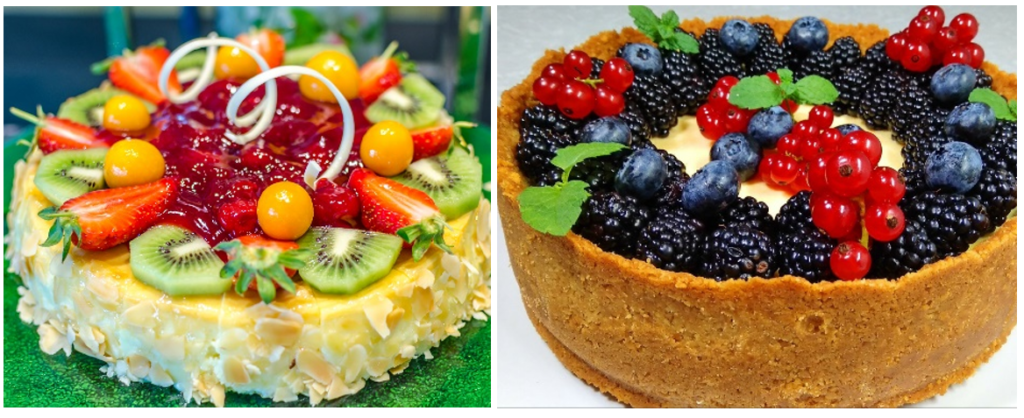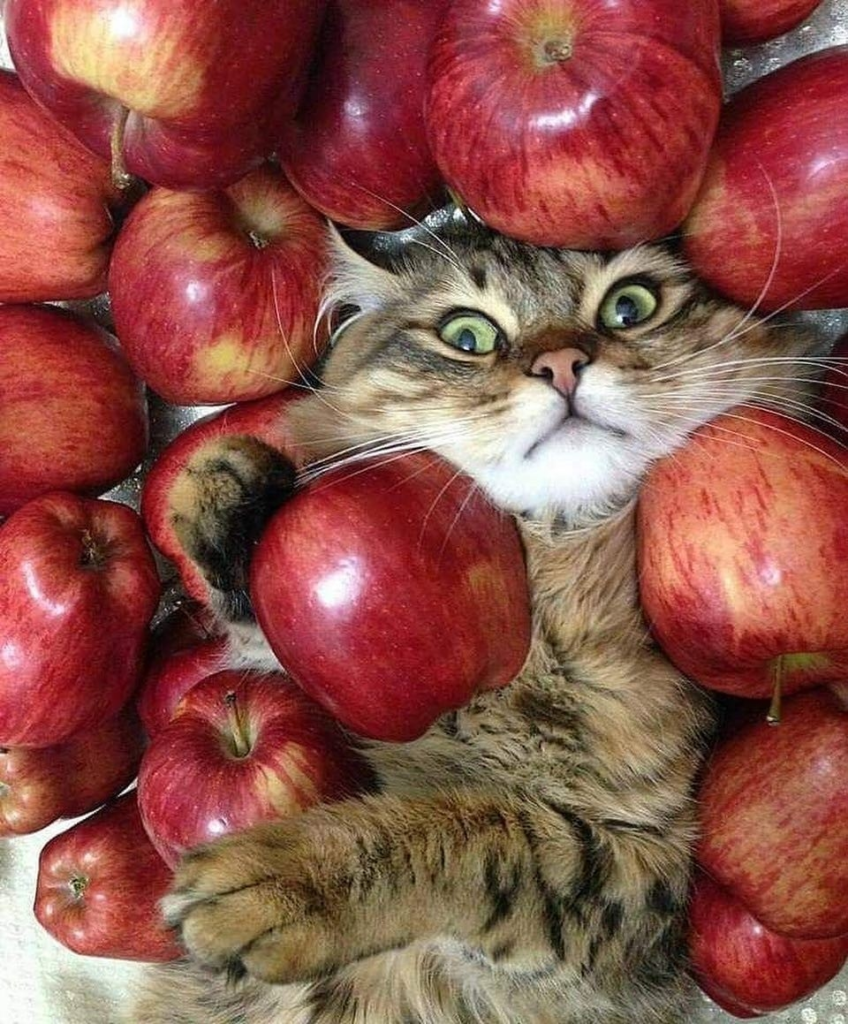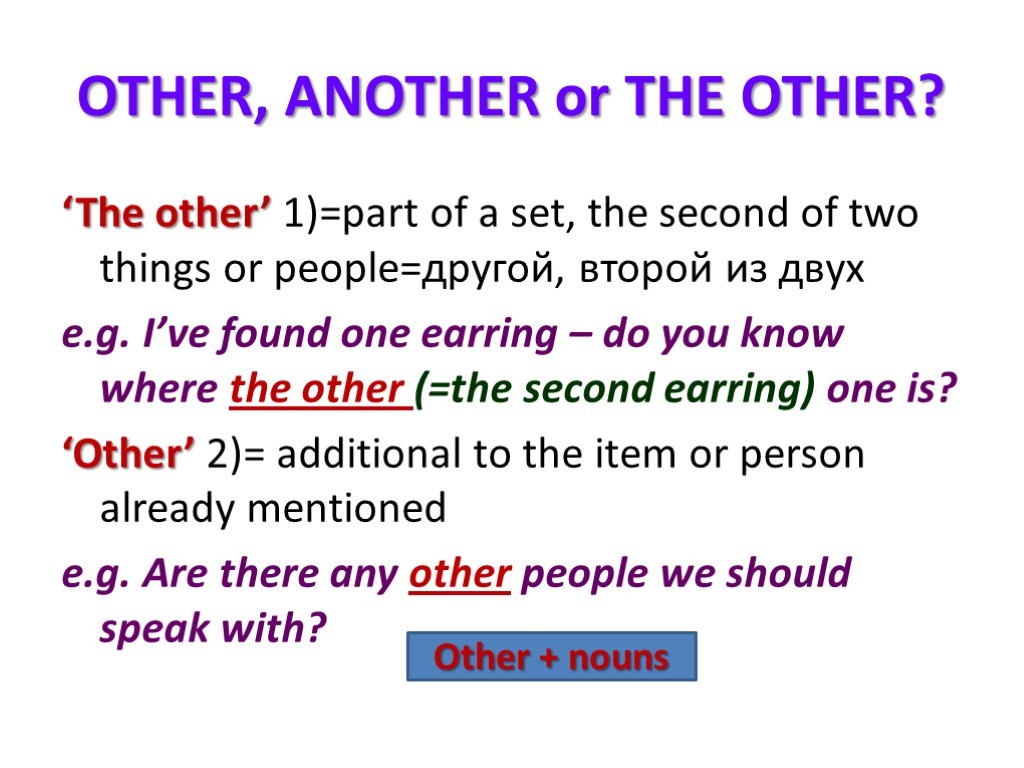Глагол to have (got) до сих пор оставался для нас загадкой, потому что мы не понимали, зачем же нам нужен этот got? А что если не употребить got? Но сегодня на уроке мы расскажем про него всю, ну, почти всю правду!

Содержание записи:
Текс с глаголом to have. Он сластена. HE HAS A SWEET TOOTH.
Прежде всего, перед чтением текста нужно знать следующее правило. Если глагол to have используется с названиями еды, то он имеет значение “есть, пить”. Но ни в коем случае – не “иметь”! Например, to have tea – пить чай, to have pancakes – есть блины, to have pies – есть пирожки.
It is morning… Vasya is sleepy… He doesn’t want to get up! But it smells good from the kitchen! As usual Mom makes pancakes for breakfast! Vasya jumps up. He rushes to the bathroom, washes his face and hands. And he has pancakes with apple jam for breakfast. He has apple compote with appetite!
At the English lesson Vasya snaps an apple or two. At the break he has an apple pie with tea. For an afternoon snack he has apple juice. And for supper…. That’s a pity, but Mom can’t cook apple cutlets! She can’t cook apple soup! Apple borshch or apple shchi! But Vasya has got an apple in the pocket! He can have the [DI] apple after supper! Does he have a sweet tooth? Or… Is he a good-eater?


Словарик.

Зачем же глагол to have имеет got?
Итак, на одних из первых уроках мы с вами договаривались, что глагол have нельзя употреблять без глагола got. Наконец, мы можем узнать, зачем нужен глагол got, когда можно без него обходиться, а когда нельзя. Например, рассмотрим следующие два предложения:
I have got a new chandelier in the room.
I have a new chandelier in the room.
Но это два совершенно равноценных утвердительных предложения! Только разница лишь в том, как задать к ним вопрос или сделать предложение отрицательным.
I have got a new chandelier in the room. – Have you got a new chandelier in the room? Ответ: Yes, I have. Или No, I haven’t.
I have a new chandelier in the room. – Do you have a new chandelier in the room? Ответ: Yes, I do. Или No, I don’t.
Прежде всего, запомните правило-стишок, как задавать вопросы в предложениях с HAVE ИЛИ HAVE GOT.
Если HAVE имеет GOT, HAVE становится вперёд.
Если не имеет GOT, будет всё наоборот – DO в ПОМОЩНИКИ идёт!
То есть если HAVE употребляется без GOT, он становится обыкновенным глаголом, выражающим действие, который требует помощника.

Глагол to have и еда.
Если мы говорим про еду, то глагол TO HAVE имеет значение «есть» (eat) и «пить» (drink).

Еда и артикли.

Перед названиями приёмов пищи артикли не ставятся:
To have breakfast for breakfast after breakfast before breakfast
To have lunch for lunch after lunch before lunch
Есть завтрак, обед… На завтрак… После завтрака… Перед завтраком…
Упражнения.
I. Fill in the gaps: have / has or have / has got?
1. I … soup for dinner. 2. She … a sweet in the pocket. 3. Before supper he … water. 4. You … many important things on the table. 5. We … a large window in the classroom. 6. He seldom … pancakes. 7. She … lunch at one o’clock. 8. I … a grasshopper in the little box. 9. Sometimes they … snails and snakes for supper. 10. He … paints in the school-bag.
II. Fill in the gaps: have / has or have / has got?
1. We … super soup for supper. 2. They … fluffy puppies. 3. The family … three children. 4. I usually … juice for an afternoon snack. 5. The school-girl … cakes in the school-bag. 6. Vasya … apples at the breaks. 7. The pupils … pencils and rulers at this lesson. 8. The school-boy … different things in the pocket. 9. In the morning we … tasty breakfasts. 10. For dinner they … cutlets and compote.
III. Ask general questions and give short answers: have or have got?
1. Vasya has got many apples. 2. Vasya has apples very often. 3. The hedgehog has more apples. 4. All hedgehogs have got apples on the back. 5. All cats Vasya by name occasionally have apples. 6. The cat on the tree has apples exactly. 7. You seldom have apples. 8. Vasya with his apples has got a good mood. 9. You have got the same mood if you know the Imperative Mood. 10. All apples have many vitamins in them.
Ответы к упражнениям.
I. Fill in the gaps: Have / have got or has / has got?
1. Have 2. Has got 3. Has 4. Have got 5. Have got 6. Has 7. Has 8. Have got 9. Have got 10. Has
II. Fill in the gaps: Have / have got or has / has got?
1. Have 2. Have got 3. Has got 4. Have 5. Has got 6. Has 7. Have got 8. Has got 9. Have 10. Have
III. Ask general questions and give short answers: have got or has got?
1. Has Vasya got many apples? – Yes, he has. 2. Does Vasya have apples very often? – Yes, he does. 3. Does the hedgehog have more apples? – No, it doesn’t. 4. Have all hedgehogs got apples on the back? – No, they haven’t. 5. Do all cats Vasya by name occasionally have apples? – No, they don’t. 6. Does the cat on the tree have apples exactly? – No, it doesn’t. 7. Do you seldom have apples? – No, I don’t. 8. Has Vasya with his apples got a good mood? – Yes, he has. 9. Have you got the same mood if you know the Imperative Mood? – Yes, I have. 10. Do all apples have many vitamins in them? – Yes, they do.
Заключение:
Итак, дорогие ученики, подводим итоги нашего занятия. Мы, наконец, узнали, зачем глаголу to have нужен got, а также выяснили, когда got вообще не употребляется. Если после глагола to have следует название еды, то он переводится как “есть, пить”. Перед названиями еды артикли не ставятся. Вдобавок, мы вспомнили вопросительные и отрицательные предложения: to be, to have got, can, глаголы, выражающие действия. Оставляйте свои комментарии и пожелания, а также задавайте вопросы, если они у вас появились. See you soon! I am waiting for you at the following lesson!






